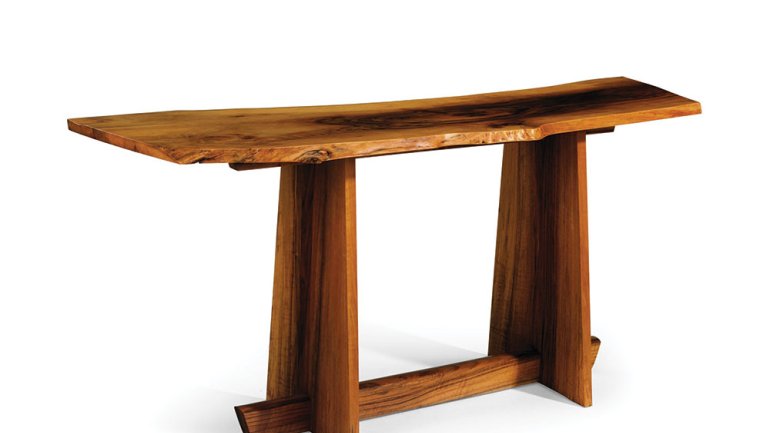Going for Broke
Going for Broke
In this magazine, artist profiles are our bread and butter. We love to tell the stories of artists starting out and finding their way, artists finding themselves stuck and then changing direction, artists reaching the pinnacle of their fields after decades of discipline and hard work.
We love these stories in part because we hear from our readers that they love them too. When we profile an artist, we touch on universal truths about the creative process – the drive to produce, the uncertainty and struggle that accompany growth, the skill and determination that win the day. Oh, and the fact that what one imaginative person does with a given set of materials is as distinctive as his or her DNA – as unique as a fingerprint. It’s fascinating stuff, and it’s relevant to a great swath of humanity – anyone with the tiniest creative spark (and we tend to think that’s everyone).
In this issue, you’ll find no shortage of artist profiles, from James McNabb and Jamey Garza to Rebecca Hannon, Jamie Harris, and Geoffrey Keating, with a few others in between. But that’s not all. The most in-depth story in this issue is not a profile. It’s a story on auction houses.
Frankly, there are many reasons not to do a story on auctions. Big trend stories – and we do a few every year – are messy and sprawling and hard to report; contributing editor Joyce Lovelace had to wade through 300 pages of interview notes to find her thesis. Trend stories are harder to illustrate than profiles; we can’t just shoot a portrait of the artist, collect images of his or her work, and call it a day. More than anything, trend stories are hard to get right. There’s always the chance you missed somebody or something in some important corner of the field.
So why bother? Because we think it’s important. While the creative arc of this metalsmith or that ceramist is a timeless story with an infinite reach, there are moments in time that signal genuine change in the field we call craft; the rise of craft auctions heralds just such a moment. As Joyce points out, the time has come for many first-generation craft collectors – those aficionados who have been at it for 40 or 50 years – to think about parting with their collections, for one reason or another. The upshot is that fine craft objects that were originally bought from a dealer, gallery, or artist – on the primary market – are being resold by their owners on what’s known as the secondary market.
“Craft’s secondary market is in a kind of adolescence,” Joyce writes, “a time of promise and opportunity, as well as growing pains, uncertainty, and occasional erratic behavior, at least as played out on the auction stage.” Some works are fetching astronomical prices, some are disappointments, and all the sales are being watched closely by stakeholders in the field – collectors, yes, but also gallery owners, art dealers, artists, and curators. A certain, perhaps necessary, shaking-out is taking place.
We tried to capture a snapshot of this moment in the marketplace, which may well look different a year from now. Let us know what you think.
Monica Moses is American Craft's editor-in-chief.

